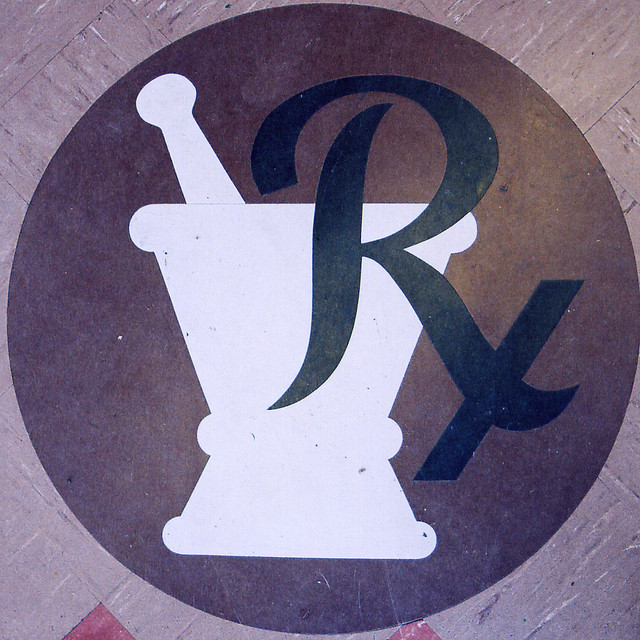- A drug formulary should be about better patient clinical outcomes, not cost. My opinion is that if you do what’s right for the patient, all other stakeholders win by side effect. While much of the discussion leading up to this hearing has been about cost savings, it would be shortsighted to think that should be the criteria for success. In my opinion, true success from a drug formulary would be a decrease in disability, a decrease in addiction and dependence, an increase in return-to-work and an increase in the use of less dangerous treatment options. If the focus is on better patient clinical outcomes, there should be no stakeholder in California workers’ compensation that can argue that this isn’t a good thing.
- A drug formulary should rely on evidence-based medicine. Robust clinical studies that indicate what drugs should be used when, and what non-pharmacological treatment options should be tried in advance, should dictate which drugs require additional evaluation before prescribing. There are some very dangerous drugs that are generic and inexpensive, so the trigger should be what produces the best clinical outcomes in proper sequence. Step therapy, the idea that you start with the most effective, least dangerous option, is built into evidence-based medicine and should be the template for prescribers. The optimal approach to evidence-based medicine is the adoption of third-party, peer-reviewed standards that are regularly updated to reflect contemporary medical practice standards.
- A drug formulary should not handle new and legacy claims in the same manner. By “legacy claims,” I mean those claims that exist before the formulary rules come into effect. A patient taking his first opioid is different than a patient who has taken opioids for many years. While new claims require primarily process education for the stakeholders, there should be a remediation period for “legacy” claims to allow time for appropriate weaning and development of alternative treatment methods. Based on my observations, there should be a one- to two-year period between the rollout of a drug formulary for new claims vs. “legacy” claims. Both implementation dates should be unchangeably enforced to ensure action is taken. To be clear, any formulary that applies to new claims should also apply to legacy claims, albeit at a later date. Not applying the formulary to legacy claims would result in two different standards of care for injured workers in California depending on when the worker was injured. This is clinically inconsistent with the application of evidence-based medicine.
- A drug formulary will change prescribing behavior. The extra steps required for a drug that is not allowed by the formulary requires the prescriber to think through the best options as opposed to just maintaining past practice patterns (however they were developed). For example, if carisoprodol was excluded from the formulary, the prescriber either needs to validate the medical necessity through a preponderance of evidence or choose a muscle relaxant that is included (which likely means it has less dangerous side effects, has proven to be more effective for certain conditions and does not have dangerous drug-to-drug interactions). Given experience in other states, the prescriber will often choose the less dangerous drug included in the formulary, which should result in better clinical outcomes for the patient.
- A drug formulary should be enforced at the point-of-sale. Allowing drugs to be given to the patient and THEN deciding whether they are clinically appropriate allows the start of a potentially dangerous path to polypharmacy regimens that create more harm than good. A workers’ compensation drug formulary, just like those we see in group health plans, should be implemented at pharmacies within their point-of-sale system. The information provided to pharmacists will help them better communicate with the patient and prescriber as necessary for an option that is allowed by the drug formulary. One advantage for California is that pharmacy benefit managers (PBMs) and pharmacy chains already have experience with implementing a workers’ compensation formulary in other states. If California is modeled after that same process, there should be less up-front time required to develop processes for California.
- A drug formulary should be the result of consensus among all stakeholders. While reaching consensus takes longer, providing a seat at the table for every workers’ compensation stakeholder in a very transparent process will ensure a smoother implementation. It’s extremely important to the ultimate success of a drug formulary that everyone be part of the deliberation process. And if everyone is involved in developing the drug formulary, ultimate implementation will be more easily achieved. A point of clarification: while the process surrounding the drug formulary should be based on stakeholder consensus, the medical treatment guidelines upon which the formulary is built should NOT be based on consensus, but rather on the best contemporary medical evidence available. California stakeholders should focus negotiations on the rules governing the formulary, not on the medical principles that underpin it.
- A drug formulary should educate all stakeholders clearly and consistently. Clear (and free) education needs to be provided to all prescribers, all attorneys, all payers, all employers and preferably all injured workers as to how the drug formulary was constructed, how it will be implemented and how best to comply. Preferably, this would be led by the Division of Workers’ Compensation. This education should not stop in the lead-up to implementation but should continue in a feedback loop during and after to ensure that issues are identified and resolved quickly.
- A drug formulary should be simplified for ease of implementation. States with workers’ compensation drug formularies have made the choice of drugs relatively binary. For instance, a drug may be classified as one that is recommended for first line therapy ("Y" drug) or a drug that is not recommended as first line therapy ("N" drug) and should not be used unless it has been reviewed and approved by a second clinical opinion. The definition of what is and is not included in the formulary should not be narrative or interpretive, but something easy to read and -- more importantly -- to program into pharmacy benefit management (PBM), utilization review (UR), independent medical review (IMR) and bill review systems.
- Drug formulary rules should include a well-defined dispute resolution process and expedited appeal process. The goal of a closed formulary is to ensure that there are safeguards in place to prevent unnecessary medications from being dispensed to injured workers. The exclusion of a drug from the formulary (for example, an "N" drug) should not mean it cannot be utilized, only that the prescriber should be required to validate its medical necessity vs. drugs that are included. California obviously already has that infrastructure, which is why I felt in 2012 that California was a candidate for a workers’ compensation drug formulary. The onus should be on the prescriber to provide necessary evidence as to why this particular drug is required for this patient at this time. If that can be established, then that drug should be allowed to be given to the patient.
9 Key Factors for Drug Formularies
Drug formularies should be all about better outcomes for patients, not cost. Take care of the injured worker, and everyone else wins, too.








